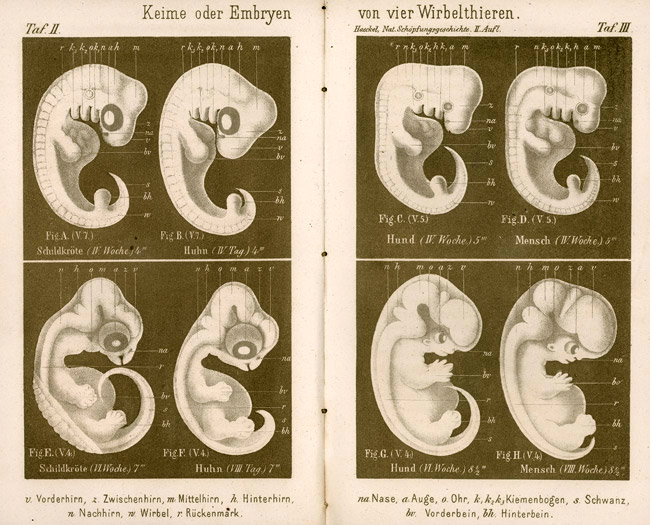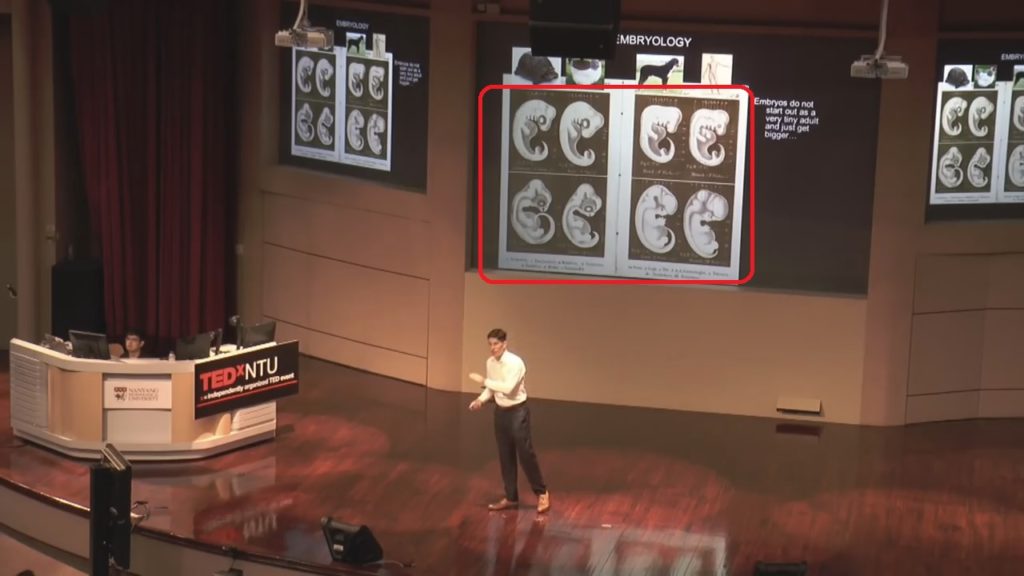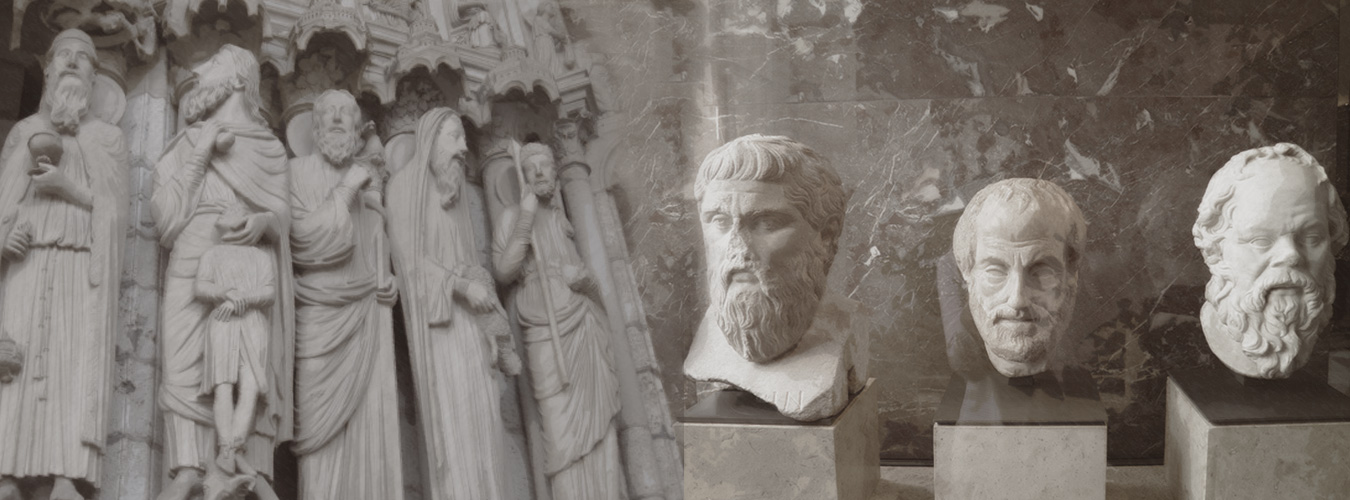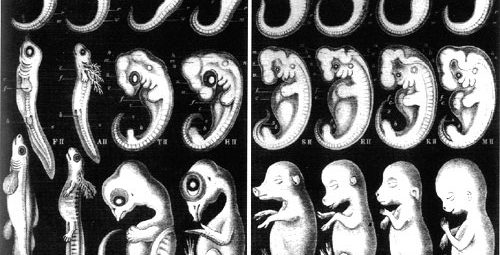Have you ever heard of TED Talks? They’re these videotaped events where fascinating people speak on a number of topics – especially Technology, Entertainment, and Design (which is where we get the T-E-D for TED). In 2013 Dr. John van Wyhe from the National University of Singapore and director of Darwin Online gave a TED Talk on “How we found out evolution is true”. During that speech he recounted the story of Darwin and evolution for his audience, and made the claim that within ten or fifteen years of the publication of Darwin’s book “On The Origin Of The Species” the debate on evolution was over.

But the more we learn about the genetic code in DNA and the complex protein manufacturing and information processing environment in every living cell the less believable Darwinian evolution becomes. The whole theory of evolution through natural selection is based on the fact that mutations (which occur as a result of copying errors in the transfer of genetic information within the cell) can produce lifeforms that are better suited to their environment. There is nothing in natural selection that can account for the most sophisticated programming known to man in DNA or the molecular machines that do the work of rebuilding all of the components of life within the cell. All of these discoveries have taken place a century or more after Darwin’s book was published and embraced by the scientific community. Darwinism now finds itself in the unenviable position of explaining the inexplicable. How do you build these incredibly sophisticated systems and programs through a purely natural, unguided process?
Dr. van Wyhe also stated with apparent bewilderment that many people seem to think that evolution is controversial. He’s right about that. Many do, including 1,000 scientists who have signed the “Dissent from Darwin” statement that says:
“We are skeptical of claims for the ability of random mutation and natural selection to account for the complexity of life. Careful examination of the evidence for Darwinian theory should be encouraged.”
Now, have you ever heard of Haeckel’s embryo drawings? These drawings in the late 19th century were presented as evidence to support Charles Darwin’s theory of common descent.

For over a century they’ve been used in biology textbooks, but there’s a problem here. They were faked. And even evolutionist Eugenie Scott, executive director for the National Center for Science Education, admits that.

The phony nature of these drawings has been known within the science community since the 1990s, and yet they still appear in many textbooks as support for Darwin’s theory, while actual photographs showing the stark differences in the early stages of these embryos are omitted. In the year 2000 the renowned evolutionary biologist Stephen Jay Gould (an atheist) said this about Haeckel’s drawings.
“Haeckel had exaggerated the similarities by idealizations and omissions. He also, in some cases–in a procedure that can only be called fraudulent –simply copied the same figure over and over again. At certain stages in early development, vertebrate embryos do look more alike, at least in gross anatomical features easily observed with the human eye, than do the adult tortoises, chickens, cows, and humans that will develop from them. But these early embryos also differ far more substantially, one from the other, than Haeckel’s figures show. Moreover, Haeckel’s drawings never fooled expert embryologists, who recognized his fudgings right from the start.”“Haeckel’s drawings, despite their noted inaccuracies, entered into the most impenetrable and permanent of all quasi-scientific literatures: standard student textbooks of biology. I do not know how the transfer occurred in this particular case, but the general (and highly troubling) principles can be easily identified. Authors of textbooks cannot be experts in all subdisciplines of their subject. They should be more careful, and they should rely more on primary literature and the testimony of expert colleagues, but shortcuts tempt us all, particularly in the midst of elaborate projects under tight deadlines.”
“We should therefore not be surprised that Haeckel’s drawings entered nineteenth-century textbooks. But we do, I think, have the right to be both astonished and ashamed by the century of mindless recycling that has led to the persistence of these drawings in a large number, if not a majority, of modern textbooks!”
So this famous evolutionary biologist states in no uncertain terms that Haeckel’s drawings were fraudulent, and should never appear in modern textbooks. Now, here’s the real point that I wanted to get to in this article. During this same TED Talk speech Dr. John van Wyhe was actually using Haeckel’s drawings to explain how we know that evolution is true.

So let me get this straight. Fraudulent drawings prove the Darwinian theory of common descent?
This guy might have a PhD from Cambridge and a lovely British accent, but he’s using admittedly faked drawings that are very misleading about the true appearance of embryos at the same stage of development.
“Professing themselves to be wise, they became fools” (Rom. 1:22)
These TED Talks come across as professional, sophisticated presentations from respected scholars and authorities on various topics. In fact, the people giving these talks are just as capable of spreading misinformation as a conspiracy nut in a tin foil hat. Keep that in mind when you hear people insisting that evolution is FACT!!! Always remember the words of the Apostle Paul.
… let God be true, but every man a liar … (Rom. 3:4)
People lie, but God’s Word is true. Science changes, but God never changes.
“The grass withers, the flower fades: but the word of our God shall stand for ever.” (Isaiah 40:8)


